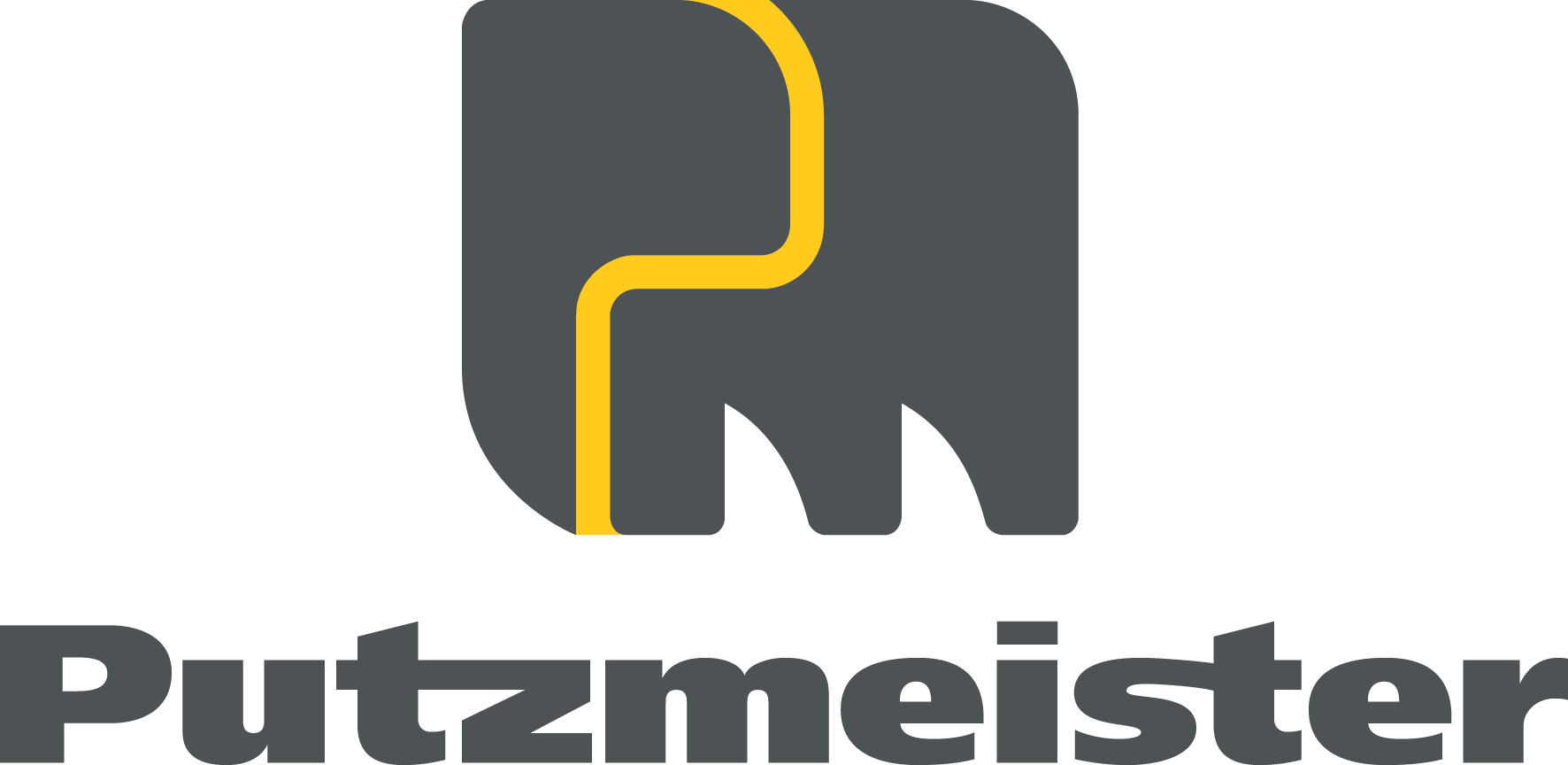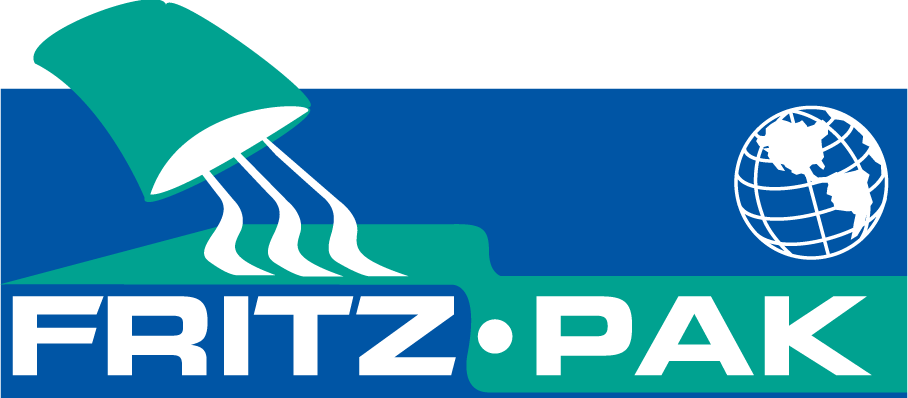| Todd | 08-19-2011 | comment profile send pm notify |
|
The amount of radioactive material being emitted from the damaged Fukushima Daiichi nuclear plant has fallen to one-fifth that of a month ago, the Japanese government and Tokyo Electric Power Company said Thursday. Maximum radiation levels near the plant measured since the beginning of August were 200 million becquerels per hour. Goshi Hosono, the minister in charge of the nuclear crisis, said the 200 million becquerel reading is an estimate, and he promised to seek ways of making precise measurements and for containing radioactivity inside the plant. During the first week after the earthquake and tsunami, a series of hydrogen explosions occurred in three of the plant's six reactors, causing further destruction at the site, and spreading radiological contamination into the environment. The radiation releases caused evacuation of hundreds of thousands, concern about food and water supplies, and contamination of nuclear workers. TEPCO has reported that the nuclear fuel in Unit 1 was completely uncovered, the fuel pellets melted and fell to the bottom of reactor pressure vessel. Partial meltdowns occurred in two of the other reactors as well. The cooling water pumped into the reactors to stabilize them became contaminated and entered the ocean. TEPCO and the government said there is no major change in their timetable for bringing the plant under control. Crews are working to bring the reactors and spent fuel pools into a stable cooling condition. They are mitigating the release of radioactive materials by spraying dust inhibitors, disposing of debris, decontaminating radioactive water and building a containment shell over the Unit 1 reactor. The government said it will write a plan for decontaminating the current evacuation zone by the end of August, and it will undertake a first decontamination project early in September.
|
||





















.jpg)
.gif)

.jpg)









.jpg)








